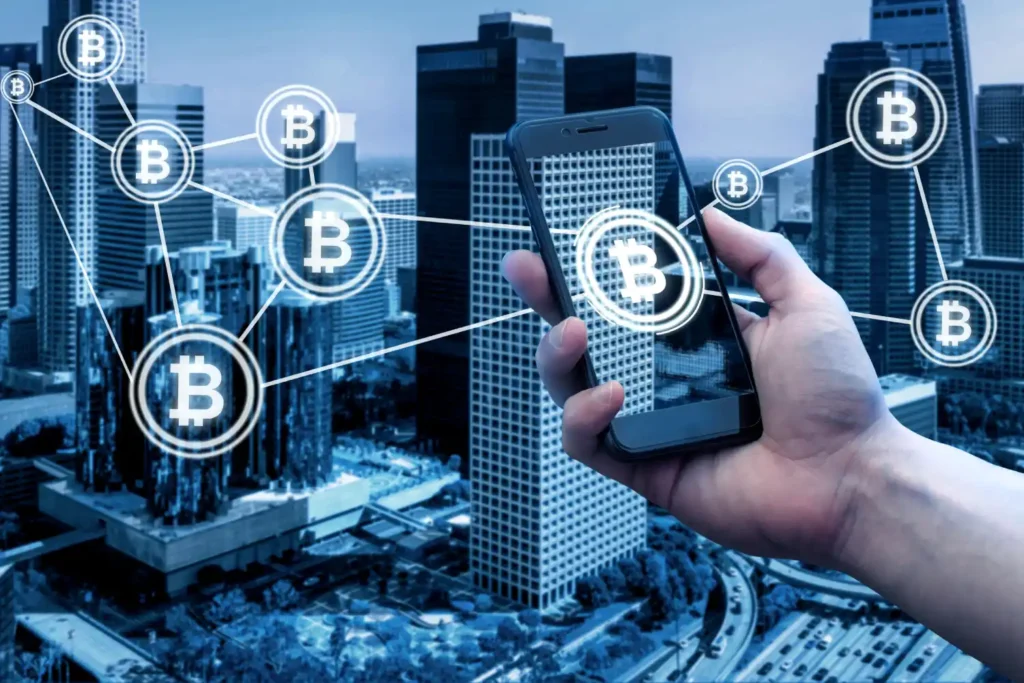The BRICS nations of Brazil, Russia, India, China, and South Africa (BRICS) are looking to use blockchain and digital technologies to make a safe payment system that works well and is easy for everyone to use — governments, common people, and businesses alike. Plus, they want it to be affordable and not swayed by political agendas. This move is all about the BRICS wanting to play a bigger part in the world’s money scene and not depend so much on the US dollar.
Machine translation opens up a lot of doors for this project. Here’s a simpler breakdown of how it can help:
Boosting Communication and Teamwork: With people from Brazil, Russia, India, China, and South Africa all working together, speaking different languages, machine translation can help everyone communicate smoothly. It makes sharing ideas, technical stuff, and rules across languages a breeze, so everyone’s on the same track.
Making Financial Services More User-Friendly: To make the payment system easy for governments, ordinary folks, and businesses, it has to work in all the local languages of the BRICS countries. Machine translation can change user interfaces, guides, and customer help into many languages, making the payment system easier for more people to use.
Helping International Trade and Investment: The goal of the BRICS payment system is to avoid political issues and be cost-effective, which helps with trade and investments in these countries and beyond. Machine translation can make dealing with business contracts, trade deals, and investment papers easier by removing language hurdles that often make international trade tricky.
Sorting Out Rules and Legal Stuff: Each BRICS country has its own set of rules and legal needs. Machine translation can help turn these complex documents and guidelines into understandable text, making sure businesses and individuals follow the rules when they use the new payment system.
Teaching and Training Materials: To get everyone on board and using the blockchain-based payment system well, we’ll need educational and training stuff. Machine translation can create these materials in different languages so users from all BRICS countries can learn to use the system properly.
Support for Real-Time Transactions: When businesses and individuals are making transactions in real time, language shouldn’t stop them. Machine translation can offer instant help for transaction-related chats, making the user experience better and smoothing out international transactions.
As for the latest studies linking machine translation and blockchain, they show a bunch of benefits, collaboration chances, and what the future might hold for these technologies. While there aren’t any studies focusing just on how machine translation and blockchain work together, research on how blockchain can be used in different areas, like IoT and smart construction, shows many ways these technologies could come together.
Here’s a quick look at some findings:
Blockchain for Better Payment Systems: One study talks about how blockchain can make peer-to-peer transfers and smart contract stuff more secure and efficient, which is great for different applications.
Blockchain in IoT: This research dives into how blockchain can help IoT by making things more secure and managing data better, which could also help machine translation in IoT settings.
Combining Blockchain and IoT in Science Publishing: An article looks at how using blockchain with IoT could improve scientific publishing, like making peer reviews open and fair. This could also be used for automatic translation services, keeping everything honest and clear in multilingual reviews.
Blockchain for Smarter Construction Projects: A study focusing on smart construction suggests looking into how much money blockchain could save. This idea could also be used to see if machine translation services could help with international project collaboration.
Blockchain in Legal Translations: Research into using blockchain for legal translations shows its potential to change legal processes with foreign elements. Its decentralized approach could help translators, lawyers, and legal pros work together better, ensuring translated legal documents are accurate and trustworthy.
These studies hint that while direct research on machine translation and blockchain working together is still in the early stages, blockchain’s basic features could greatly improve machine translation services. This includes better security, trust, and efficiency in translations for various fields. As these technologies grow, we’ll likely see more research on them working together, unlocking even more possibilities.
About JA Translations
JA Translations is widely acknowledged as a top-tier provider of machine translation services. We offer a comprehensive suite of mtpe services customized to cater to the unique requirements of both individuals and businesses.

